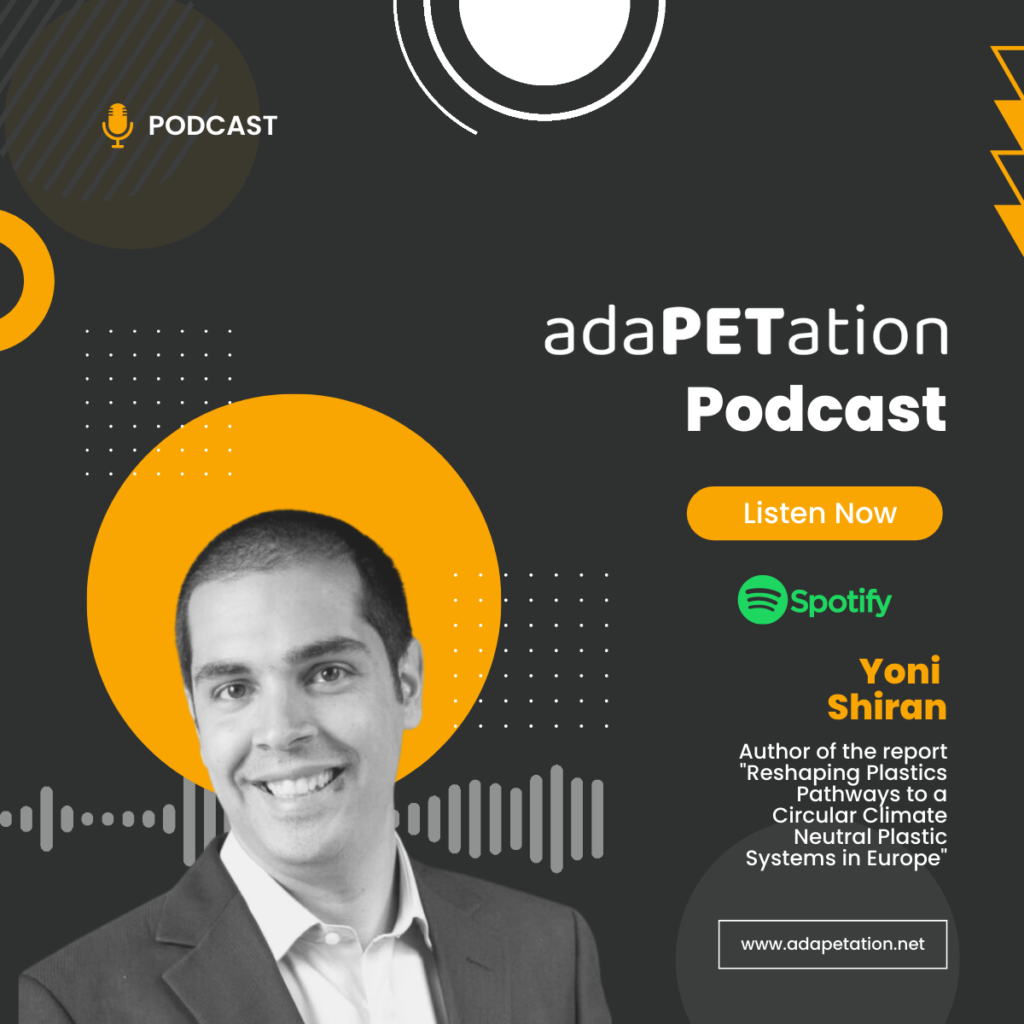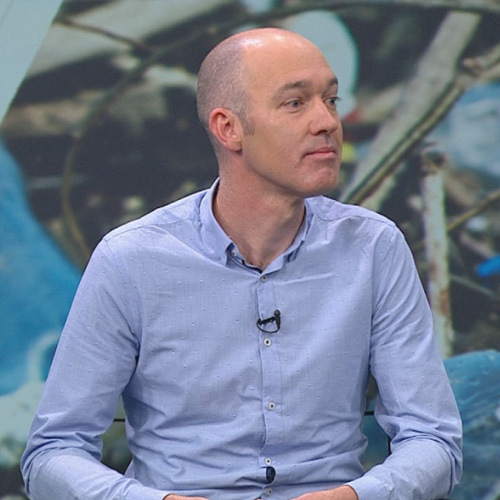
Getting Europe’s Plastics System to Net Zero by 2050 is a challenge but not impossible according to Yoni Shiran, Program Director and Partner at SYSTEMIQ.

Plastic has an important role in helping the world achieve the goals laid out in the Paris Agreement and COP27 of arresting global warming by bringing an end to greenhouse gas emissions.
Achieving the world’s sustainable development goals is the principal focus of the purpose-driven company, SYSTEMIQ. The London-based B Corp recently looked at how the European Plastics System in particular can lead the way in helping the industry move towards the world’s net zero goals.
Commissioned by Plastics Europe, SYSTEMIQ’s report ReShaping Plastics: Pathways to a Circular Climate Neutra Plastics System in Europe aimed to evaluate current progress and assess the potential of different levers to help transition towards the EU’s net zero carbon emissions and circularity goals by 2050.
The conclusions offered hope that the plastics industry could respond effectively to the severity of the climate crisis and the challenge of plastics waste. We talked with the author, Yoni Shiran, Plastics Program Director and Partner at SYSTEMIQ about the findings.
Key Findings:
- The circular economy is key to solving the issues of both plastic waste and the industry’s greenhouse gas emissions.
- The only way to get to a better plastic system is if we fully incorporate both the upstream and downstream solutions together – it is not either or.
- It is possible to get to a net zero plastics system within 2050 but the next 3 to 5 years are crucial.
- If we want to get all the way to net zero decarbonization is critical, which means changing the feedstock of the carbon source to more bio based feedstocks, applying blue and green hydrogen as fuel, electrifying heat sources and capturing emissions both in production and end of life
Circular Economy Gets Us More Than Halfway to Net Zero
The first and unquestionable conclusion was that circularity was key according to Shiran. “We are definitely seeing changes to the European plastic system to adapt to circularity and to adapt to climate change,” he says, “But at the same time, the pace of the change is nowhere near enough to where we need to be to fix the system, and it’s nowhere near enough to really achieve the targets of the Paris and Glasgow climate agreements, but also the European Green Deal and also the Circular Plastics Alliance.”
Pushing harder and faster towards full circularity in the industry is crucial. One scenario outlined by SYSTEMIQ, applies proven circular economy technologies and approaches together and at scale, within feasibility constraints and points to an affordable and achievable pathway for reducing GHG emissions and plastic waste disposal by 33% and 46% respectively by 2030 compared to 2020 (and even more by 2040/2050), and for achieving 78% circularity in the European plastics system by 2050.
“Things are being done, but then it can be done much faster and with more ambition,” says Shiran. “We need to acknowledge that there are no silver bullets. We need to pull almost all the levers that we have simultaneously.”
“The good news here is that the circular economy provides an opportunity to deal with both of them at the same time. We don’t have to choose. Is it waste or is that or is it emissions? We can deal with both. And there’s a pathway to do that in a way that is good for the environment, it’s good for society, and it’s good for the economy. We don’t have to choose. Is it waste or is that or is it emissions?
Investments in the Next Five Years are Key
SYSTEMIQ outlines what it calls “The Net Zero Systems Change Scenario” as a potential pathway to a net zero emissions plastics system by 2050.
It requires not only a dramatic increase in circularity to 78%, according to SYSTEMIQ, but also the expansion of the role of hydrogen, the use of alternative feedstocks from both biological sources and CO2 capture.
“It is possible to get to a net zero plastic system within 2050, which I think is really good news because the plastics system today obviously relies on a lot of carbon. It is possible to get to a net zero plastic system, but the next 3 to 5 years are critically important,” says Shiran.
The analysis indicates that the net zero scenario requires major shifts in policy, public behaviour change, and an investment of approximately €160- €180 billion between 2020 and 2050.
The chances of success will be almost fully dependent on what happens at a regulatory and organizational level, says Shiran. The technical solutions are there and research and development is pushing the envelope in terms of what can be done to decarbonize plastic but alignment and effective allocation of resources is key. The problem, he says. is not a lack of technical solutions.
“What is lacking is policy frameworks, it’s economic incentives, it’s the right business models, it’s the right finance mechanisms. So these are the things that are missing in the system. These are things we can turn to. Yes, we can always improve on technology and we should definitely invest in R&D. Technology is important, but let’s not wait for technology. We have plenty of technology to get started. We need to make sure we have the right incentives in the system and the right policy frameworks,” he says.
“It is both affordable and achievable within technical constraints but requires an ambitious combination of both upstream and downstream solutions. A new plastics system is within reach but will require bold action. It needs industry, public sector, investors, and civil society to come out of their “trenches” and collaborate in a deeper way based on a shared fact-base,” says Shiran.
If you like this content and would like to help close the loop on plastic waste then join the AdaPETation Network by clicking on the button below.
Share it
Useful Links
THE HISTORY OF PLASTIC
Throughout the history of plastic, PET has been crucial in keeping food fresh with lightweight and durable packaging solutions that have helped reduce food waste for almost a century. Learn all about the invention of plastic and the important role it has played feeding people and saving the lives of humans and elephants in the adaPETation® timeline of the history of plastic.




